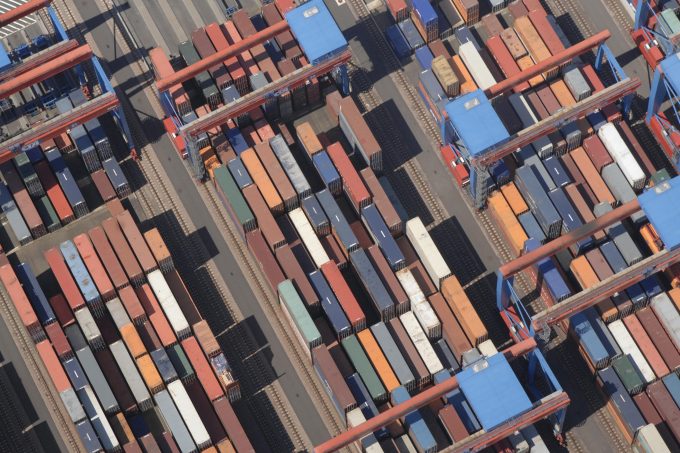New services and reinstated blanked sailings boost transpacific capacity
The Gemini Cooperation has introduced an additional transpacific service as a rush of demand and ...

Container spot rates on the two biggest trades, Asia-Europe and the transpacific, fell again this week, exerting yet more pressure on the overstretched balance sheets of ailing ocean carriers.
The Shanghai Containerised Freight Index (SCFI) recorded a cumulative 3.6% spot rate decline on the previous week.
From Asia ...
Keep our news independent, by supporting The Loadstar
Four crew members still missing as Wan Hai 503 continues to burn
Explosions and 'out-of-control' fire reported on Wan Hai box ship
Carrier price hikes hold, driving spot rates higher as space gets scarcer
MSC Elsa crew face criminal probe, as Wan Hai 503 firefighters battle on
Predatory rivals circle as the ripples from DSV's Schenker buy widen
Transpacific rates ease as capacity boost proves too much for trades to digest
'It's driving us mad', say forwarders as US court fails to end tariff turmoil


Comment on this article